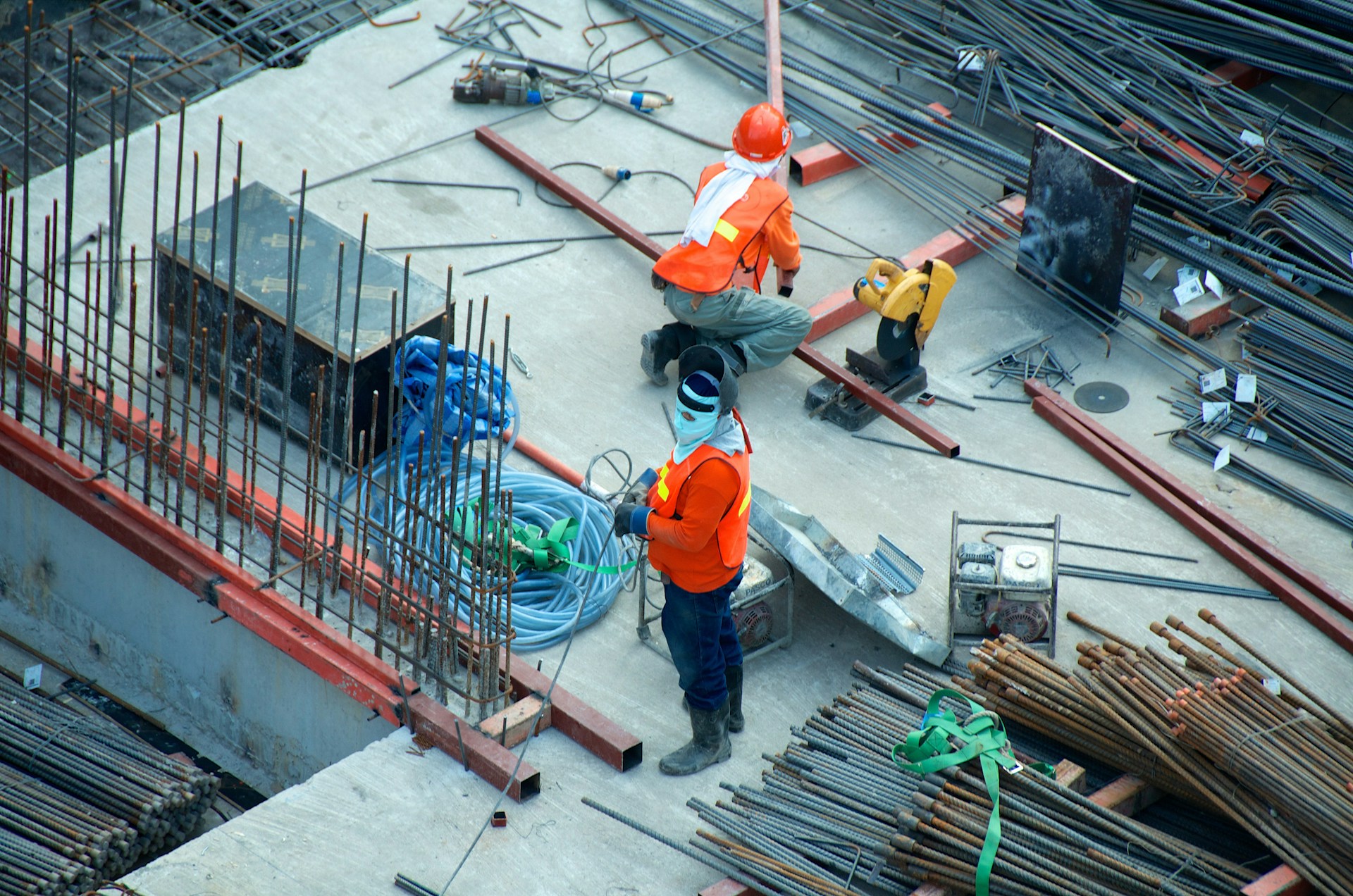Roughly 1.4 million new homes were constructed across the country in 2020. That number surprises many as several construction jobs were stopped due to restrictions pertaining to COVID-19.
With restrictions slowly being lifted, we expect 2021 to be the biggest year yet for new home builds. That’s great news if you’re a budding contractor or someone that’s looking to hire a contractor to craft your residence.
Whether you’re a builder or buyer, a common question we hear come up when it comes to construction is which types of building material are best. In this post, we explore that question and walk you through all of the most common types of construction supply choices in hopes of helping you make the best decisions.
Keep reading to learn more!
The Fallacy of “Best”
Everybody wants “the best” when they’re discussing types of building material. Truth be told though, no matter what some very opinionated people say, best is relative.
For example, the best type of building materials to build a sunroom out of would be fortified glass. That by no means suggests you should build your whole home out of that material.
All of that to say that best fluctuates based on area, intended function, and budget. Keep that in mind as we take you through common materials below.
Wood
Classic hardwood is a construction supply favorite. It has been used for centuries, there is a steady supply of it since it’s derived from trees, and it’s relatively affordable.
We love wood because it is pliable, visually gorgeous, and resists compression which is important when subjecting materials to various stressors.
Common uses for wood include interiors, floors, roofs, and exteriors. All of those uses make wood among the most versatile building material choices you can lean on.
Plaster
While not a base building material (you wouldn’t want your whole house built out of plaster) plaster is a material that is used to fortify and decorate your property.
For example, your walls probably leverage plaster as a finishing agent. That’s true for both the inside and outside of your home.
People love plaster because it’s easily worked with. That makes it a great agent for managing small repairs. Plaster can also be fireproof which can help your home resist burning for a longer time than it would have ordinarily.
Stone
Stonemasonry is a classic art that has been responsible for crafting beautiful homes for centuries. While expensive to work with, particularly depending on the type of stone you’re using, you’d be hard-pressed to find a better material if you’re hoping for a regal, sturdy build.
Stone can be used on everything from interiors to exteriors to countertops and beyond. It is difficult to work with given its lack of pliability so you’ll need a specialized worker on your team to get it to work the way you want it to.
Most contractors will need to undergo years of extra schooling to be well-versed in stonemasonry.
Carbon-Fiber
Carbon-fiber is a relative newcomer to the types of building materials list. It’s used, similar to plaster, to strengthen your existing more foundational supplies.
This material works best in conjunction with concrete, wood, and masonry. Given the additional strength it can add to builds, we expect to see it and related materials (carbon graphene, nanotubes, etc.) to be used more often as more builders get trained on its efficacy.
Steel
In residential builds, steel is primarily used as an accompanying agent. For example, to reinforce bars, decorate, construct pipes, bolts, and the like. Increasingly, we’re seeing steel used as a roofing material given its reflective properties and ability to encourage runoff.
Wire rope that’s made of stainless steel is another important building element we’re seeing used for certain construction projects.
People that live in areas that are fire-prone are increasingly turning to steel. That’s because the element is non-combustible, although it does lose strength in heat.
Brick
When most people think of building materials, they’re hard-pressed to not think of brick. After all, brick is one of the most common building materials used in America and is particularly pervasive on the east coast.
Why people love brick probably has a lot to do with its strength, low cost, heat resistance, and ease of use.
The big drawback of brick and one of the main reasons you don’t see it used as prominently on the west coast, is that brick is very susceptible to earthquake damage. Most modern brick builds need to be reinforced, per local codes, to obviate the risk of collapse.
Concrete
If you’re building foundations or are looking for a modern way to punch up your interior floors, you may want to explore concrete. Concrete is heavy, can be difficult to work with but has very high compressive strength.
Its affordability and availability though make it among the most popular construction materials used across the globe and you can find the value of beautiful concrete.
Which Types of Building Material Will You Choose?
After reading this post, we hope you now have a read on what some of your top types of building material options are. Now the big question is which material will you use?
That’s for you, your budget, and your intended use to decide. We recommend if you’re not a building professional that you have this conversation with a professional so they can add some experienced context to whatever your final decision is.
Our team wishes you the best of luck with your build! If you find yourself in need of more guidance, feel free to explore additional construction content on our blog.
